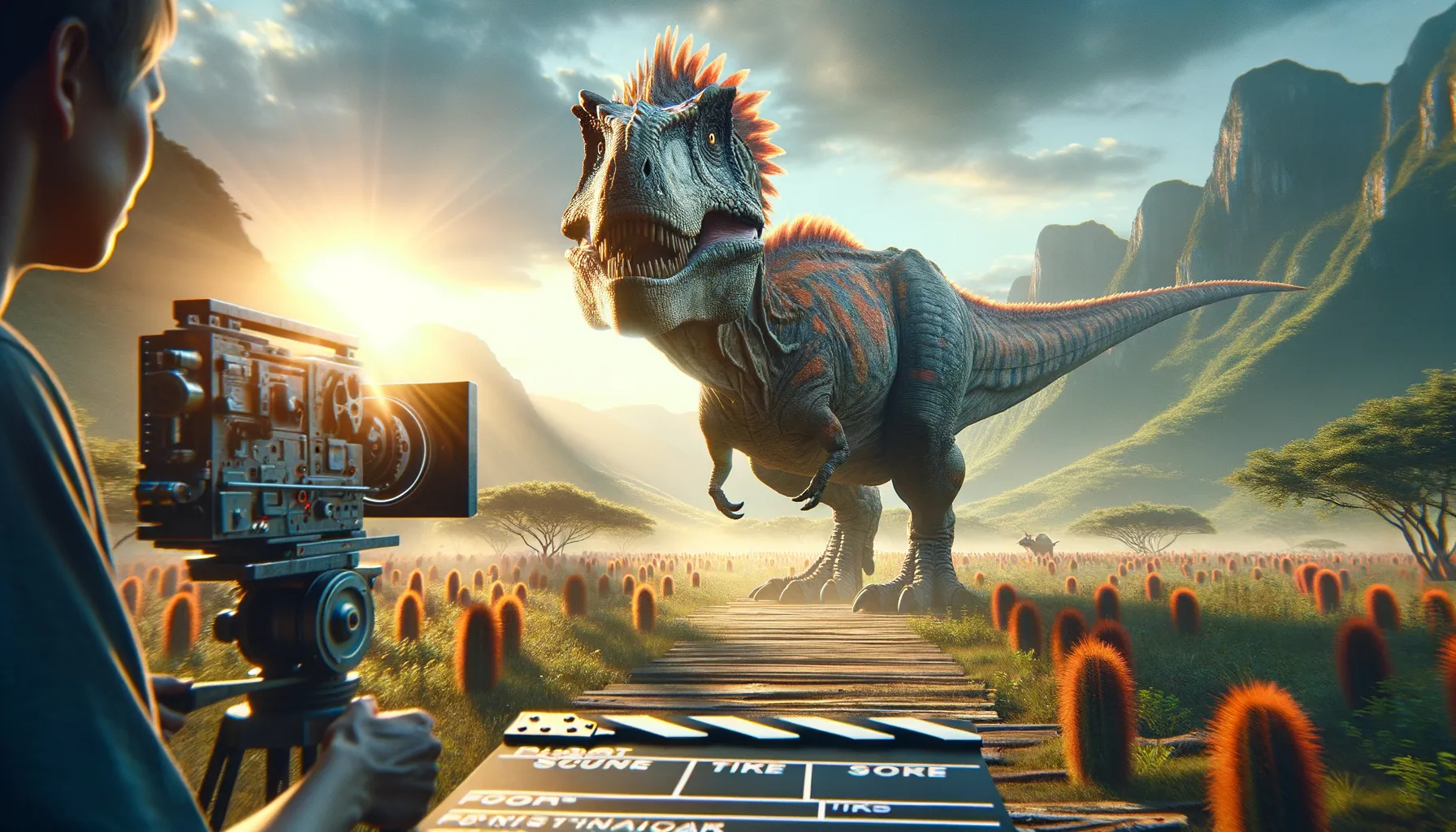
Huabeisaurus
The gentle giant of the prehistoric world.
Period
Cretaceous
Length
Approximately 25 meters long.
Height
Estimated to be around 4 meters tall.
Weight
Estimates suggest around 20 tons.
Huabeisaurus was a large, plant-eating dinosaur that roamed what is now Asia during the Cretaceous period. Known for its immense size, Huabeisaurus is believed to have been an herbivore, consuming vast amounts of vegetation. Its discovery has provided scientists with valuable insights into the diversity of sauropods and their adaptations to the environments they inhabited. Fossils of this ancient giant have helped paleontologists piece together the ecological dynamics of its time.
Diet
Huabeisaurus was an herbivore, primarily feeding on plants and foliage. It likely consumed large quantities of vegetation to sustain its massive size. Its diet would have included leaves, stems, and possibly ferns and cycads.
Hunting
As a herbivore, Huabeisaurus did not hunt other animals. It relied on its large size to deter predators. It may have foraged for food in groups, which could reduce the risk from carnivorous dinosaurs.
Environmental challenges
Huabeisaurus faced changing climates and fluctuating plant availability. Surviving in an environment with periodic droughts and scarce food resources could have been challenging. Their large size and herding behavior may have helped them cope with predators and environmental shifts.
Speed
Slow-moving, typical of large herbivores.
Lifespan
Estimated to reach several decades.
First discovery
First discovered in the Gobi Desert, Inner Mongolia.
Fun Facts
- Huabeisaurus was a long-necked dinosaur that lived about 99 million years ago during the Late Cretaceous period.
- It was discovered in the Hebei Province of China, which is how it got its name meaning 'Hebei lizard'.
- Huabeisaurus belonged to a group of dinosaurs called sauropods, known for their massive size and long necks.
- This dinosaur is estimated to have been around 20 meters (65 feet) long, making it quite impressive in size!
- Unlike some other dinosaurs, Huabeisaurus wouldn't have been a fast runner, but it didn't need to be with its size for protection.
- Fossils of Huabeisaurus include a variety of bones, which has helped scientists understand more about its structure and lifestyle.
- Huabeisaurus was likely a plant-eater, spending much of its time munching on leaves high up in trees.
Growth and Development
Huabeisaurus likely experienced rapid juvenile growth to reach its enormous adult size. Like other sauropods, it may have had growth spurts that coincided with favorable environmental conditions. Development into adulthood likely took many years, during which it steadily increased in size and strength.
Habitat
Huabeisaurus inhabited semi-arid environments with plentiful vegetation. These regions would have had seasonal variations, with wet and dry spells affecting food supply. The presence of water bodies would be crucial for its survival, providing hydration and supporting plant growth.
Interaction with other species
Huabeisaurus likely shared its habitat with other herbivorous dinosaurs, which would have influenced its feeding habits. It may have also encountered large predators, requiring constant vigilance despite its size. Cooperative group behavior could have been a defense strategy against predatory species.
Natural lifespan
Huabeisaurus could naturally live up to several decades.
Reproduction
Huabeisaurus is believed to have laid eggs, similar to other sauropods. Nests containing multiple eggs suggest a reproductive strategy involving laying clutches of eggs. Parental care is uncertain, but their social nature might have influenced some level of protection for the young.
Social behaviour
Huabeisaurus likely lived in groups, which provided protection from predators. Herding behavior could have facilitated communication and cooperation among individuals. Social interactions may have also played a role in mating and nurturing young within a group setting.
Fossil locations
Fossils of Huabeisaurus have been primarily found in Inner Mongolia, China. These discoveries have been crucial for understanding the diversity and distribution of sauropods in Asia. Fossil sites offer vital clues about the ancient ecosystems of the region, contributing to global paleontological knowledge.
